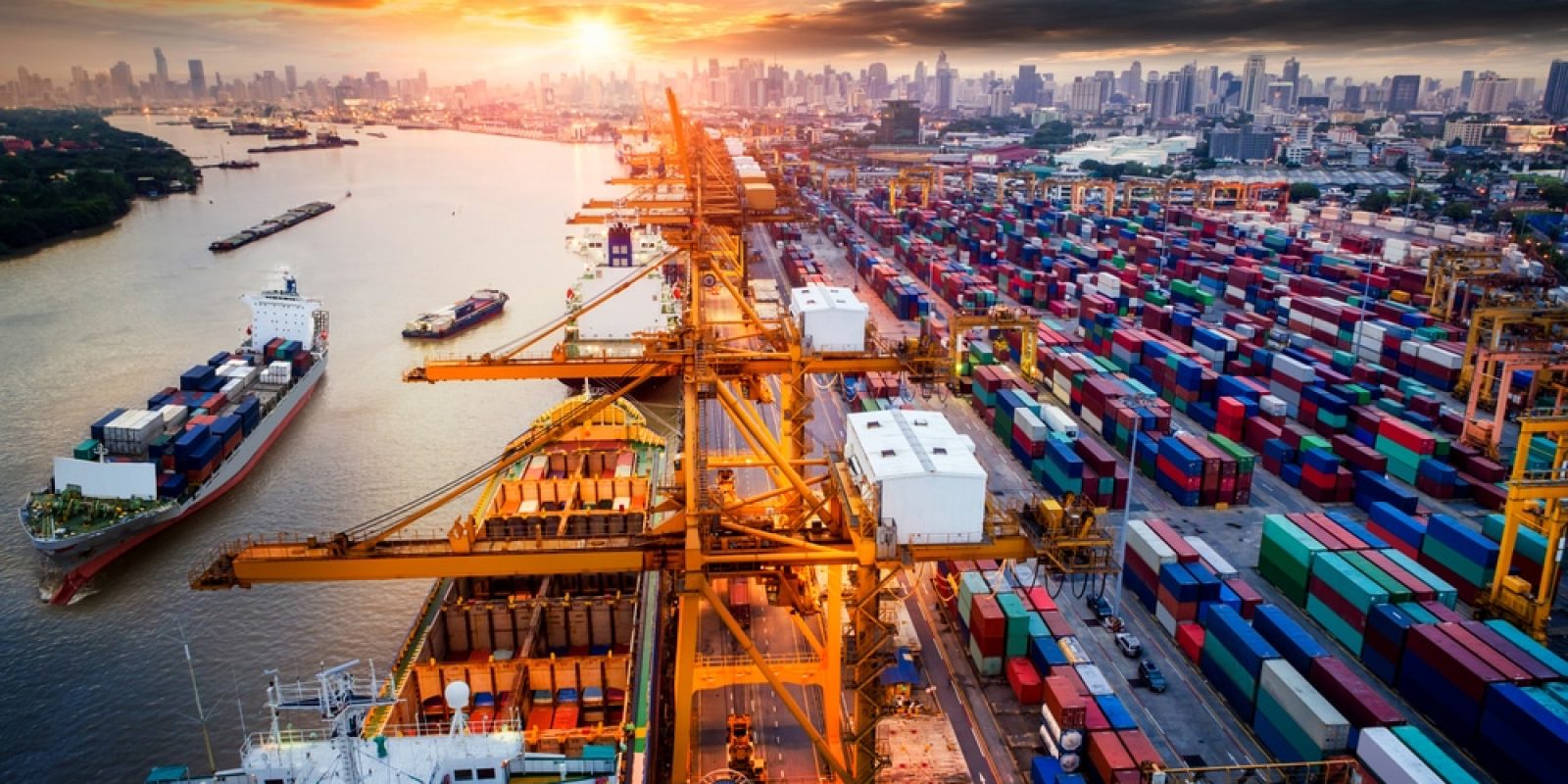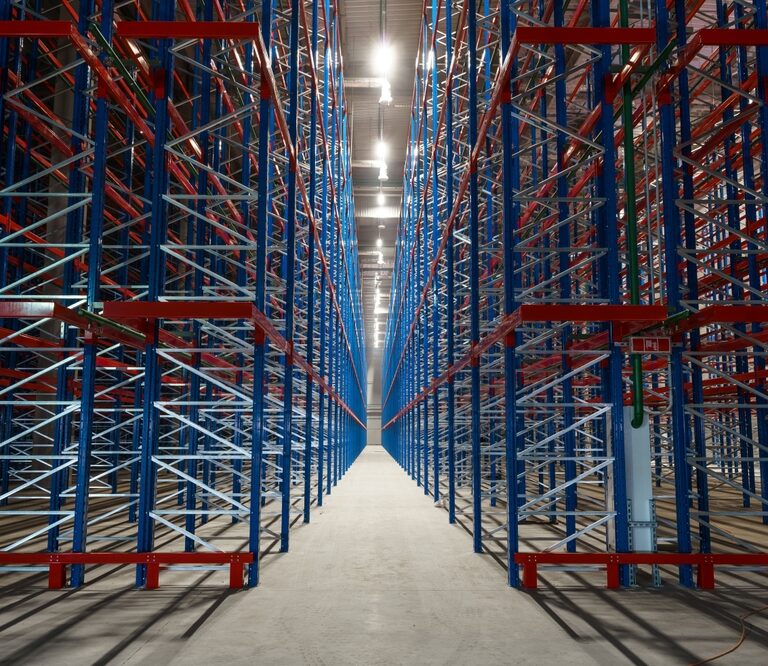International shipping compliance is complex and risk-laden, even in the best of times. Maintaining compliance requires a constant understanding of your duties and taxes, Free Trade Zones (FTZs) and compliance paperwork, among several other moving factors. In times like these when international trade policies are undergoing constant changes, staying compliant can feel almost impossible. However, succeeding in it will help you avoid fines and shipment delays that could hurt your profitability and customer service levels.
A Global Trade and Management (GTM) system can take some of the complexity out of the equation by automating and speeding up many of the processes involved in international shipping.
What is a Global Trade Management System?
Global trade management systems support international shipments, including imports, exports and internal transfers.
A GTM system should not be confused with a transportation management system (TMS). Rather than consolidating or booking shipments, like a typical TMS would do, a GTM system focuses on the trade and compliance piece of international shipping that a TMS doesn’t provide. A GTM system implements standardized processes to eliminate missteps, creates trade documents, calculates landed costs and supports and automates product classifications and denied party screenings.
With the current international shipping environment, certain processes have become more important than ever. Below are four of those processes, which a GTM can support for swift and accurate execution.
1. Trade Agreements and Tariffs
Tariffs, duties and taxes have been consistently changing, increasing the risk of penalties, like delays and fines, for inaccurate paperwork and filings.
A GTM system can assist in managing supplier country of origin and identify any trade deals or tariff relief policies that may apply. Some GTM systems can cross reference product classifications against existing trade agreements and validate if items qualify, then automate their application.
2. Product Classification
Harmonized Tariff Schedule (HTS) codes are the key to understanding which tariffs and duties apply to your goods. Applying the correct code is vital to eliminate fines and delays for your shipment.
A GTM system has a library of codes with items and definitions that will narrow down your search to ensure its accuracy. Some even have expert support you can use to determine complex items that have very specific factors. For example, steel will have a different code depending on if it was created for railway usage or kitchen table parts. Having access to an expert who can help you find the right code based on distinct characteristics will drastically reduce your risk.
3. Denied Party Screening
All shippers have to comply with denied party screenings, which involve checking customers, suppliers and partners against various restricted party lists. With recent changes in international relations, restricted party lists have been in constant flux, complicating compliance efforts.
GTM systems can automate this process to increase compliance. Shippers can link their GTM system to the United States government and other international organizations that are regularly updated with actively restricted parties, enabling the easy detection of sanctioned suppliers and vessels.
4. Documentation/Customs
For shipments to arrive on time, certain paperwork and customs clearances are required. GTM systems can streamline and automate these processes.
Some GTM system can integrate with United States Customs and other international agencies, determining when all necessary information and paperwork is available in your system and then automatically filing declarations and clearances. This ensures shipments are not held up for clerical issues downstream.
GTM systems can also generate essential documents like commercial invoices, electronically file them, email them to configured parties and store them for audit trail purposes.
Select the Right Global Trade Management System
International shipping guidelines are already complex, bringing with them the penalties of delayed shipments and fines. With rapidly changing trade policies, the risk of non-compliance is higher than ever. Leveraging a global trade management system will reduce your exposure to noncompliance and ensure seamless shipping execution, reasonable logistics costs and fast lead times.
Navigating the GTM system vendor market can be challenging if you don’t know where to start. enVista’s transportation technology consultants use a proven methodology to help logistics leaders select the technology systems that will drive toward their business goals.
We’re here to help you select the right global trade management solution — the first time.





